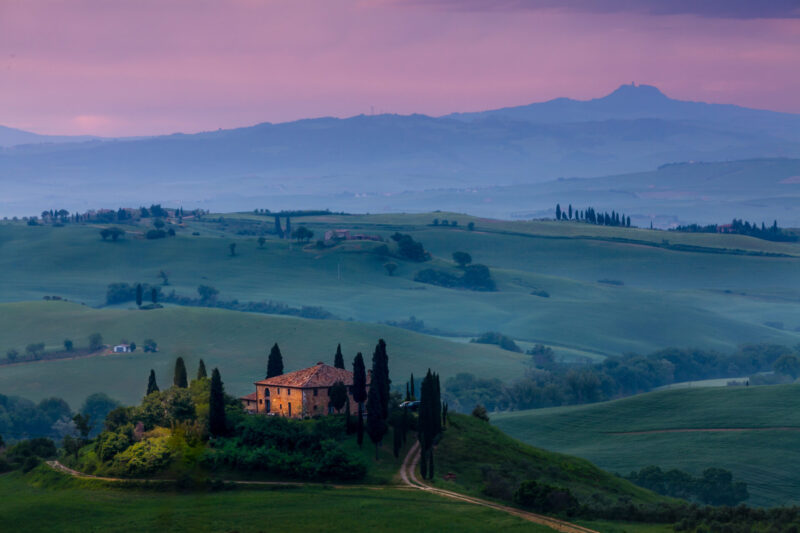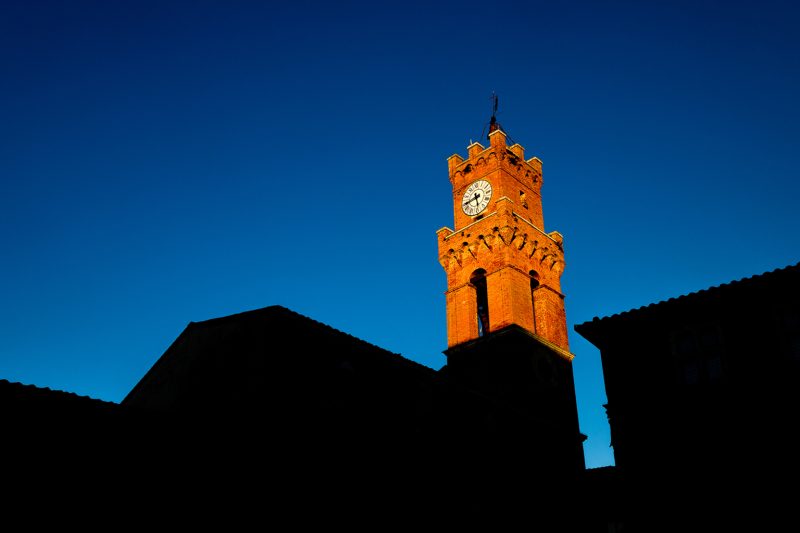Last August I retired one of my older printers, an Epson 3800 and replaced it with the new Epson Surecolor P800. I skipped over the 3880 as I never really thought it worth the cost, being as it was only a modest upgrade over its predecessor. The P800 however is a very significant jump forward: the difference is real and very apparent in side-by-side print evaluations. The P800 has a wider colour gamut and can reproduce darker blacks (higher dMax) than either the 3880 or the 3800. On this alone I give it my unreserved recommendation.
But beyond this, the nicest surprise was to learn that the printer’s paper handling abilities have been significantly enhanced as well. Where the 3800 would struggle to load certain papers, the P800 never seems to miss a beat. Also of note: the cantankerous front-load option of the 3800 (used to load heavier fine art papers), which I could never get to work reliably, is now redesigned and works flawlessly. Another welcome addition to this printer is the ability to handle paper in rolls through an optional (extra cost) roll feed adapter. If you like to print full-frame 16X24 inch images, you have likely been frustrated by the various paper manufacturers insistence on sticking to standard the US or European paper sizes used for office documents, rather than standard photo print sizes. Only one paper manufacturer I am aware of makes high quality fine art papers in a 17X25 inch sheet size (Harman). The largest 17 inch wide offerings from all others is 17X22, allowing you a printed image of only 14X21 with similar left/right 1/2 inch borders. Purchasing your favourite paper in a 17 inch roll allows you to print not only full-frame 16X24 images, but 17 inch panoramas up to 6, 7, 10 feet or more (Epson is a bit cagey about the maximum printable length. On a Win10 PC I can set a print length of 10 feet with no problems. Suffice it say that the maximum length is likely more than you will ever need with a 17 inch printer.
In general the P800 just feels better designed and more robust than its predecessors. This is just a subjective personal observation, but here is an objective example; soon after I purchased the 3800, the flimsy plastic latch tab broke off the front panel door, preventing the door panel from latching correctly, and making it necessary to prop the door closed at an awkward angle. In contrast, the P800 design makes use of a simple magnetic catch: there is nothing to break off. Brilliant!
I give the P800 a hearty “thumbs-up” recommendation for anyone looking for a high quality 17 inch wide printer.



